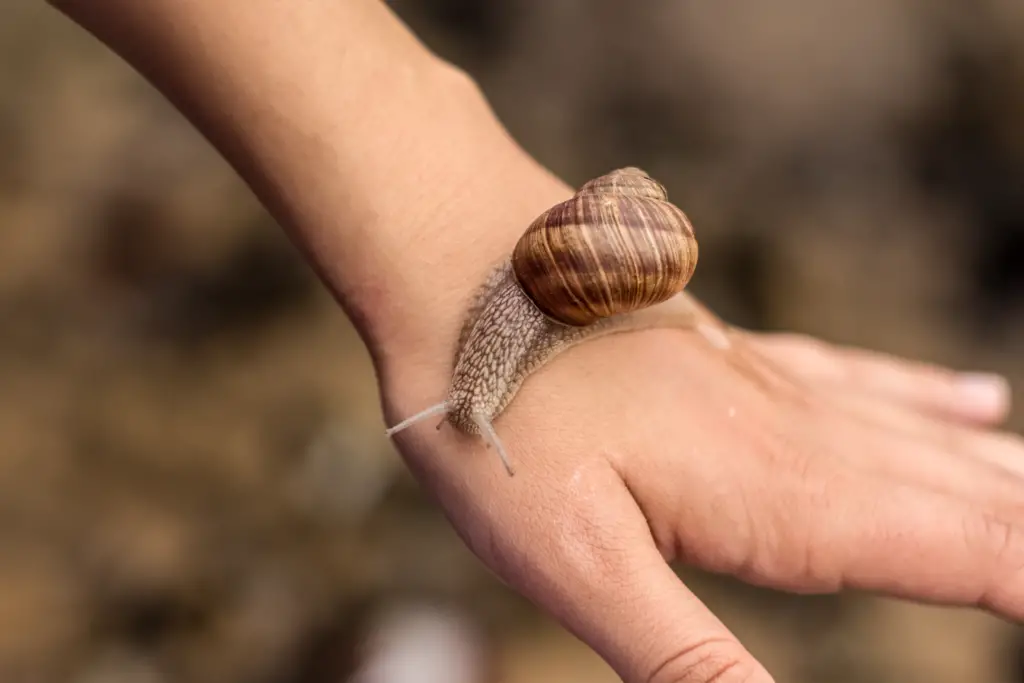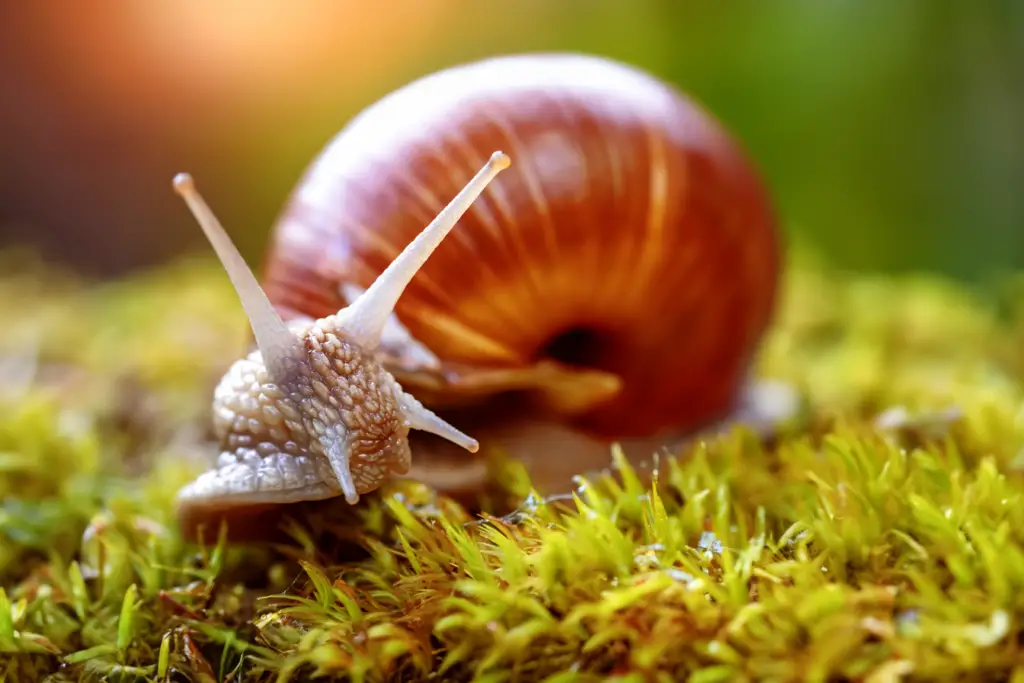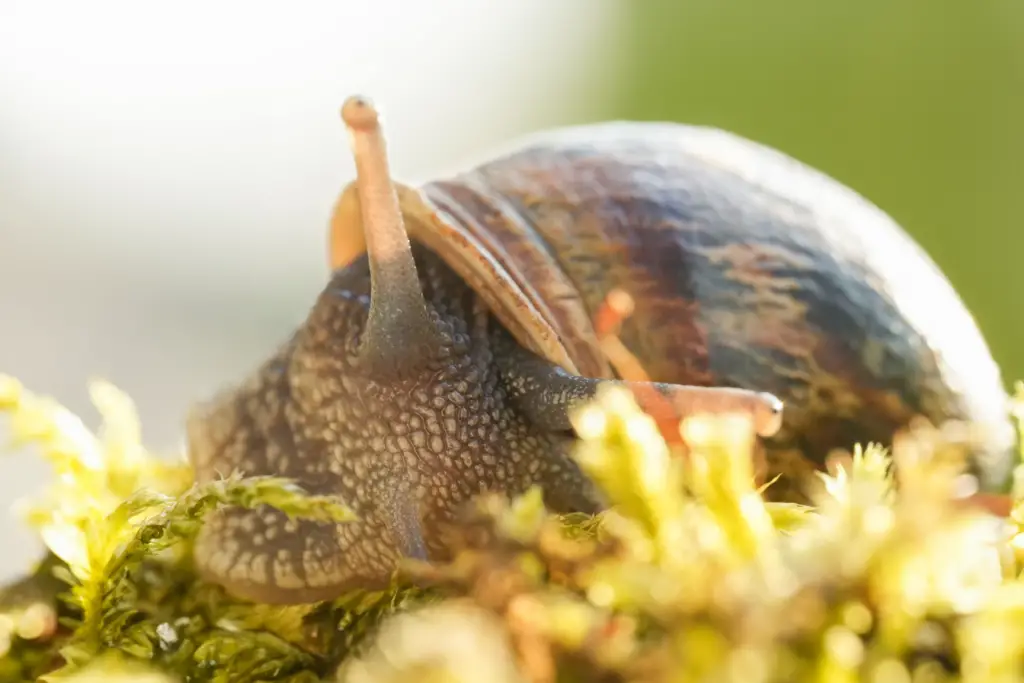
When you think of garden snails, you’re likely picturing the slow-moving, shell-carrying creatures that are a common sight in damp garden patches. You might be wondering if these seemingly gentle mollusks pose any threat to your well-being. Generally, garden snails are not considered dangerous to humans, but they can be a nuisance to your garden by feasting on your plants.
While they don’t pose a direct threat to your health, garden snails can be carriers of parasites, which in some cases, can lead to diseases in humans. Awareness and proper handling can minimize any health risks associated with these creatures. Moreover, there are various human-friendly methods to manage snails in your garden without causing harm to them or to the environment.
Understanding the behavior and impact of garden snails can help you make informed decisions about managing them in your outdoor space. Whether they are considered a guest or pest in your garden, it’s important to handle snail situations conscientiously and safely.
Garden Snails Overview
Garden snails, with their slow movement and distinct shells, are a common sight for many gardeners like you. Understanding their basic habitat preferences and dietary habits, along with how they reproduce and progress through their lifecycle, can help you manage their presence in your environment.
Habitat and Diet
Garden snails thrive in environments that are moist and shaded, as they require a damp habitat to survive. You’ll often find these creatures in your garden because it provides a wealth of food sources. They primarily feed on plant material, which includes fruits, vegetables, and flowers; however, they are known to have a diverse diet and may also consume decaying matter and even other snails in some cases.
Reproduction and Lifecycle
Garden snails are hermaphrodites, meaning each individual possesses both male and female reproductive organs. They lay their eggs in small holes in the soil. The lifecycle of a garden snail begins as an egg and progresses through a maturation process from hatchling to adult. Under optimal conditions, garden snails can hatch in as little as two weeks and reach maturity in about two years. During this time, you may notice an increase in their numbers, especially after a rainy season when moisture is abundant.
Health Risks and Safety
While garden snails are a common sight in gardens and are not inherently dangerous to humans, there are health risks and safety considerations you should be aware of in order to minimize potential issues.
Parasites and Diseases
Garden snails can harbor parasites and bacteria that are potentially harmful. It is known that they can carry the rat lungworm, a parasite that can lead to meningitis in humans. Be cautious as snails may also carry other organisms causing diseases which could be transmitted if they come into contact with human skin.
Allergic Reactions
Some individuals may experience allergic reactions to snail slime, which could result in skin irritation or rashes. If you have a known mollusk allergy, it’s best to avoid handling garden snails altogether.
Safe Handling Practices
If you do handle garden snails, make sure to:
- Wear gloves to prevent direct skin contact.
- Wash your hands thoroughly with soap and water after handling.
- Clean any surfaces that snails may have touched to prevent the spread of bacteria.
- Keep snails away from food and areas where food is prepared to maintain hygienic conditions.
Environmental Impact
In considering the environmental impact of garden snails, your main concerns likely revolve around biodiversity and the potential for snails to become pests.
Biodiversity Concerns
Garden snails can both positively and negatively affect biodiversity. On the one hand, they serve as decomposers, breaking down organic matter and cycling nutrients back into the soil, which supports plant growth. On the other hand, some snail species may outcompete native species, causing an imbalance in local ecosystems.
Snails as Pests
As garden visitors, snails may become pests by feasting on a variety of plants, including vegetables, ornamentals, and fruit trees. Their appetite can lead to damage of your garden or crops, impacting not just aesthetics but also agricultural productivity. However, their role is complex, as they can also contribute to the control of other pests by preying on their eggs.
Prevention and Control
Ensuring your garden is free from the nuisance of garden snails requires effective prevention and control strategies. Let’s explore some specific methods that can help protect your green spaces.
Natural Predators
To maintain a snail-free garden, enlist the help of natural predators like birds, frogs, and certain types of beetles. These garden allies naturally hunt snails, providing a biological form of pest control. By creating a welcoming habitat for these predators, such as installing a bird feeder or a small pond, you encourage them to visit your garden and help in controlling the snail population.
Chemical and Organic Repellents
For those who prefer chemical and organic repellents, there are options that can deter snails effectively. You can use baits containing iron phosphate, a safer alternative for pets and wildlife, to target snails without harming other garden denizens. Alternatively, diatomaceous earth spread around plant bases creates a barrier due to its abrasive texture. Applying a copper tape around containers or raised garden beds can also act as a snail repellent, potentially delivering a slight electrical shock to snails upon contact.
Frequently Asked Questions
In this section, you’ll find answers to common concerns regarding the safety of handling and the ecological impact of garden snails in your environment.
Can touching garden snails be harmful to people?
Touching garden snails is usually safe, but it’s important to wash your hands afterwards. Garden snails can carry parasites, though transmission to humans is rare. Learn more about safely handling snails at Garden Snails: Safe to Handle or Not?
Are garden snails a threat to household pets?
Garden snails are not generally a threat to pets, but the slime can carry parasites that might be harmful if ingested. Keep an eye on your pets and discourage them from eating garden snails.
What are the potential risks of eating garden snails?
While garden snails can be a culinary delicacy, they must be properly prepared to avoid health risks. Eating wild snails can expose you to parasites or bacteria potentially harmful to humans. For culinary purposes, farmed snails are a safer choice.
Do garden snails carry diseases that can affect humans?
Garden snails can harbor bacteria and parasites that may lead to diseases such as schistosomiasis. It is rare, however, for humans to contract these diseases from snails if proper hygiene is practiced. Detailed information on this topic can be found at Garden Snails: Safe to Handle or Not?
Should garden snails be removed to protect plant health?
Garden snails can be a pest by eating plants and vegetables, potentially damaging your garden. It is advisable to manage their population to protect your plant health. Tips on controlling snails are available at Garden Snails: Are They a Danger in Your Garden?
What benefits do garden snails offer to a garden ecosystem?
Garden snails contribute to the ecosystem by breaking down decomposing organic matter and providing a food source for wildlife. They can help maintain a balanced and healthy garden. Their ecological benefits are discussed at Are Snails Good for Plants?
Driven by a passion for those tiny creatures that rule our world, we at Bug Domain strive to be your go-to resource for information on insects.



